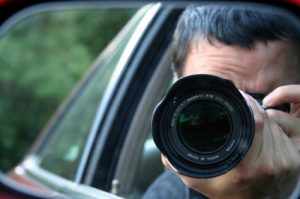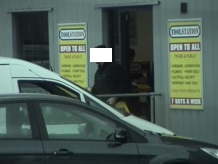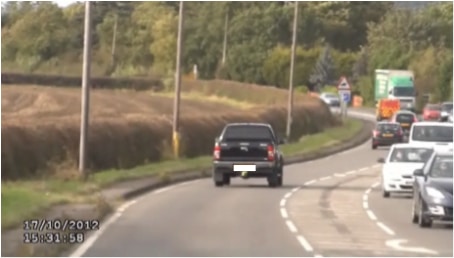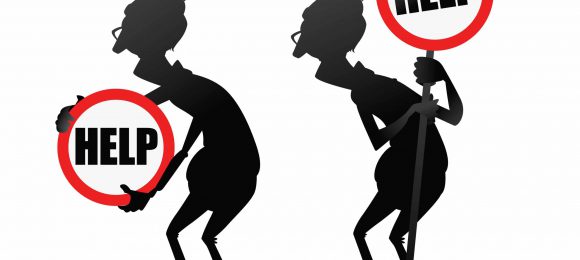
Identifying Anti-Social Behavior: A Guide for Communities
Anti-social behavior can really affect people and neighborhoods. It’s important to spot and deal with these problems early to keep our communities safe and friendly. Private investigators can help find and collect proof of anti-social behavior. Let’s look at what anti-social behavior is, how to spot it, and ways to handle these issues.
Key Takeaways
Key Points: Identifying Anti-Social Behavior
- Early identification is crucial for maintaining safe communities
- Common types include noise disturbances, vandalism, intimidation, and public intoxication
- Private investigators can help gather evidence
- Anti-social behavior can have legal consequences
- Evidence gathering is essential for addressing and resolving issues
- Technology plays a significant role in detection and monitoring
- Preventive measures and community involvement are key
- Professional assistance can be invaluable in complex cases
Common Types of Anti-Social Behavior
Anti-social behavior can be small annoyances or big problems. Here are some common types:
1. Noise disturbances: Loud music, shouting, or constant noise at odd hours
2. Vandalism and property damage: Graffiti, broken windows, or damaging public or private property
3. Intimidation and harassment: Threatening behavior, bullying, or bothering people a lot
4. Public intoxication and disorderly conduct: Being drunk and causing trouble in public
5. Littering and environmental offenses: Not throwing away trash properly or causing harm to the environment
6. Aggressive or dangerous driving: Driving recklessly and putting others in danger
Anti-fraud surveillance services can help spot and record these behaviors, especially when you need proof for legal reasons. These services are really useful for repeated problems or behaviors that are hard to catch just by watching casually.

Identifying Signs of Anti-Social Behavior
Spotting anti-social behavior early can stop it from getting worse. Look out for these signs:
• Physical signs: Graffiti, trash, or damage to public areas
• Behavioral patterns: Many complaints about certain people or groups
• Environmental factors: Neglected properties or areas where people hang around a lot
• Sudden changes in community mood: People feeling more scared or uncomfortable
• Unusual activity patterns: Lots of late-night disturbances or suspicious gatherings
If you see these signs, it’s important to write them down and tell the right people. Sometimes, professional surveillance equipment might be needed to get solid proof. This equipment can provide clear evidence that can be used in court or community plans.
The Role of Surveillance in Detecting Anti-Social Behavior
Surveillance can be really helpful in finding and recording anti-social behavior. But it’s important to know the legal rules about surveillance. Professional investigators use different methods, including:
1. Hidden cameras: To capture video evidence
2. Audio recording: Used in specific situations where the law allows
3. Observation: Trained professionals watching in person
4. CCTV monitoring: Looking at footage from public or allowed private cameras
5. Social media monitoring: Checking public posts that might show anti-social behavior
These methods can provide important evidence for legal cases or community action. It’s crucial to work with licensed professionals who know the legal limits of surveillance to make sure any evidence collected is allowed and ethically obtained.
Technology and Anti-Social Behavior Detection
New technology has changed how we find and watch anti-social behavior. Some important tools include:
• GPS tracking devices: Used to follow the movements of suspected troublemakers
• Hidden cameras: High-quality, small devices for video evidence
• Data analysis tools: Software that helps find patterns in behavior
• Noise level monitors: Devices that can record and measure sound problems
• AI-powered surveillance: Systems that can automatically spot and alert about suspicious activities
Vehicle tracking devices can be really useful for cases with repeated disturbances or criminal activity. These tools, when used legally and ethically, can provide crucial evidence for dealing with anti-social behavior. They’re especially good at tracking movement patterns or finding frequent trouble spots.
Legal Implications of Anti-Social Behavior
Anti-social behavior can have serious legal consequences. It’s important to understand these:
• Civil vs. criminal consequences: Some behaviors might result in civil penalties, while others could lead to criminal charges
• Restraining orders and injunctions: Courts may issue these to protect victims of ongoing anti-social behavior
• Evidence in legal proceedings: Properly collected evidence is crucial for successful legal action
• Community Protection Notices: These can be issued to stop a person aged 16 or over from engaging in anti-social behavior
• Anti-Social Behavior Orders (ASBOs): While no longer issued, these have been replaced by Criminal Behaviour Orders and Civil Injunctions
Process serving might be needed in cases where legal documents have to be delivered to people involved in anti-social behavior cases. It’s important to follow proper legal procedures to ensure the validity of any actions taken. Professional process servers can make sure all legal notices are delivered correctly and follow legal requirements.
Case Studies: Successful Identification of Anti-Social Behavior
Real-world examples can help show effective ways to deal with anti-social behavior:
1. Residential disturbances: A case where ongoing noise complaints were solved through professional surveillance and community mediation
2. Corporate fraud: An instance where anti-social behavior at work was identified and addressed using hidden investigation techniques
3. Public nuisance: A situation where repeated vandalism in a park was stopped through a mix of community action and professional investigation
4. Neighborhood disputes: A long-standing conflict between neighbors resolved through evidence gathering and legal intervention
5. Youth gang activity: A community-wide effort to address and redirect youth involved in anti-social behavior
These cases show the importance of a multi-sided approach to tackling anti-social behavior, often needing teamwork between community members, law enforcement, and professional investigators. They highlight the value of thorough evidence gathering and the impact of community involvement in solving these issues.
Preventive Measures and Interventions
Preventing anti-social behavior is always better than dealing with it after it happens. Some effective strategies include:
• Community awareness programs: Teaching residents about recognizing and reporting anti-social behavior
• Early intervention strategies: Addressing small issues before they become big problems
• Collaboration with law enforcement: Building strong relationships between community members and local police
• Youth engagement programs: Providing positive activities and mentoring for at-risk youth
• Environmental design: Using urban planning strategies that discourage anti-social behavior
Professional investigators can play a crucial role in these preventive measures, offering expertise and resources to support community efforts. Their experience can be invaluable in designing effective strategies and providing training to community members.
Conclusion: The Value of Professional Assistance
Identifying and addressing anti-social behavior is a complex task that often requires professional help. Taking action quickly and gathering proper evidence are crucial for solving these issues effectively. Alpha 1 Legal Services offers expertise in surveillance, investigation, and legal support to help communities tackle anti-social behavior.
By working together and using professional resources, communities can create safer, more harmonious environments for everyone. Remember, early identification and intervention are key to preventing anti-social behavior from getting worse. With the right approach and support, it’s possible to significantly reduce the impact of anti-social behavior and improve the quality of life for everyone in the community.
For more information on community safety and crime prevention, visit the UK Government’s resources on anti-social behavior.


